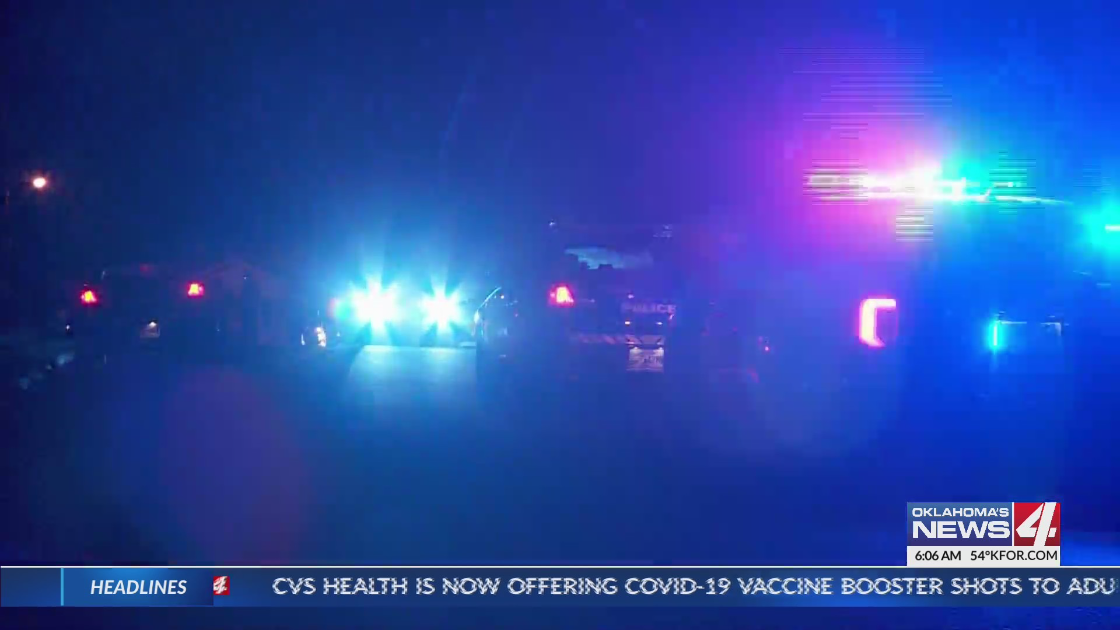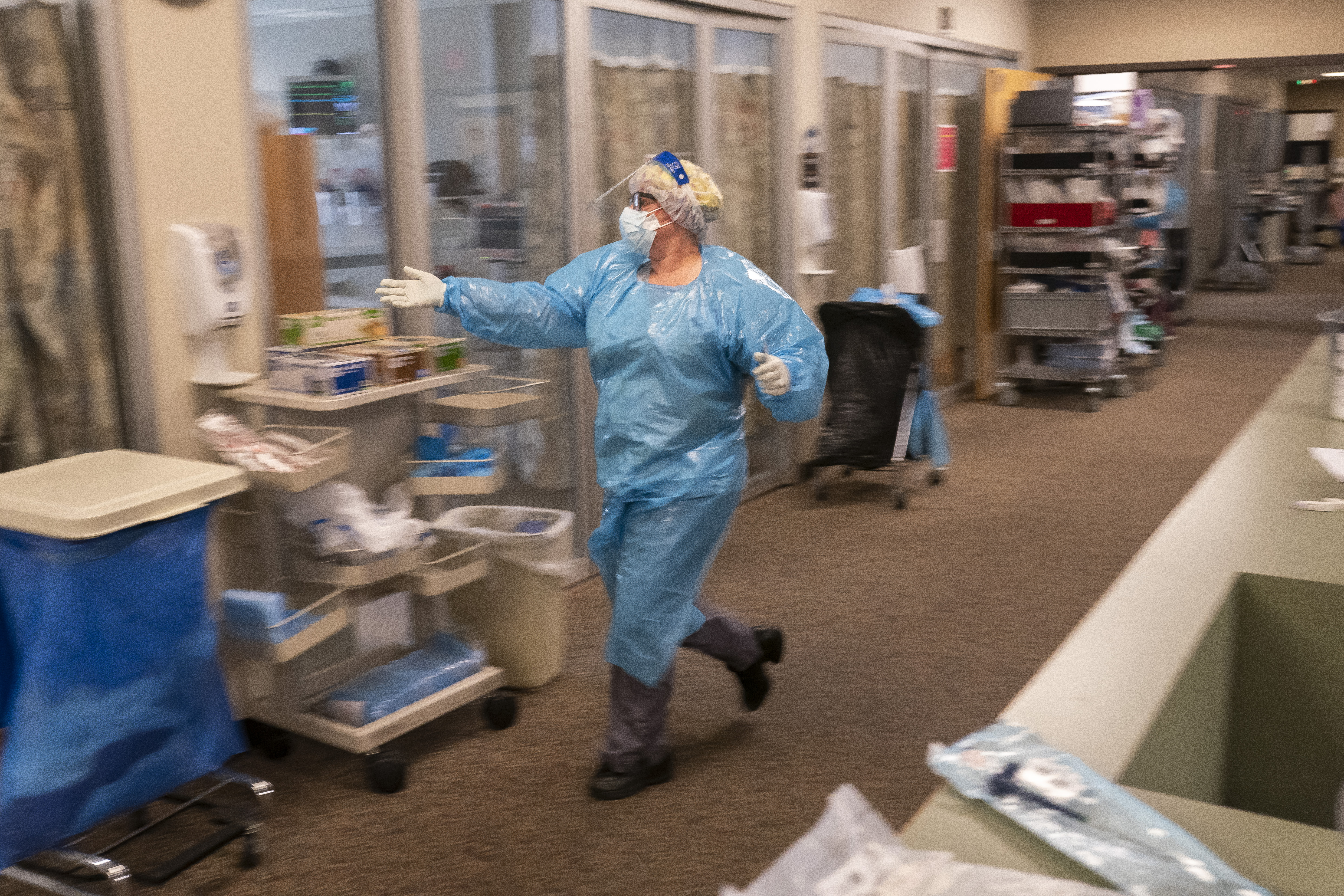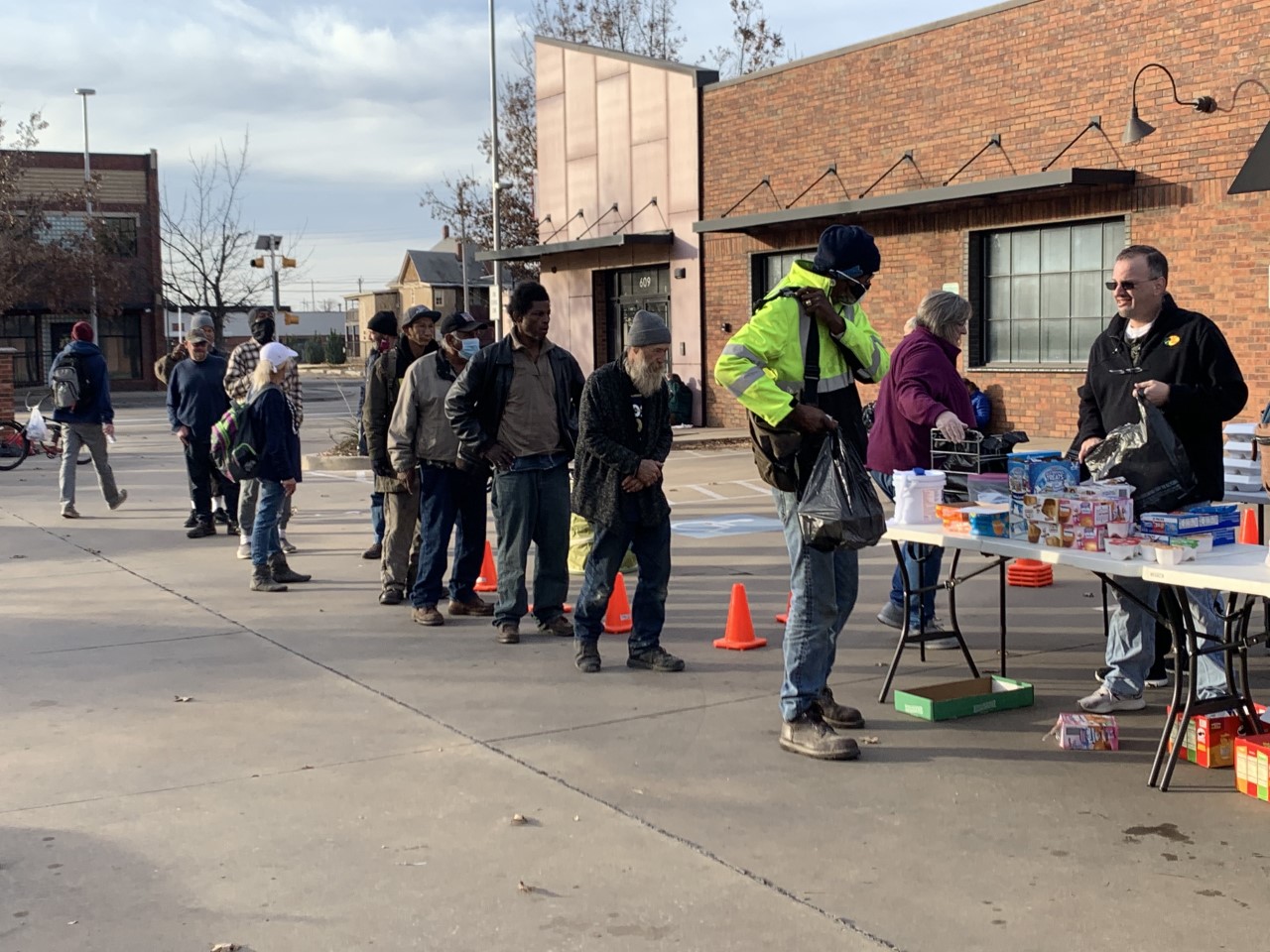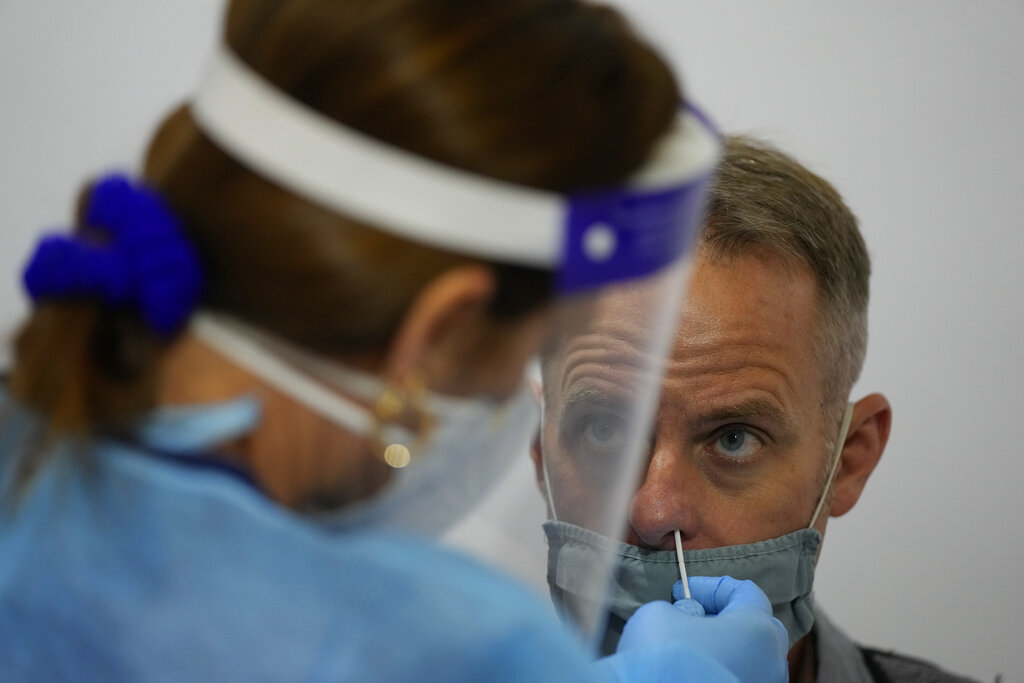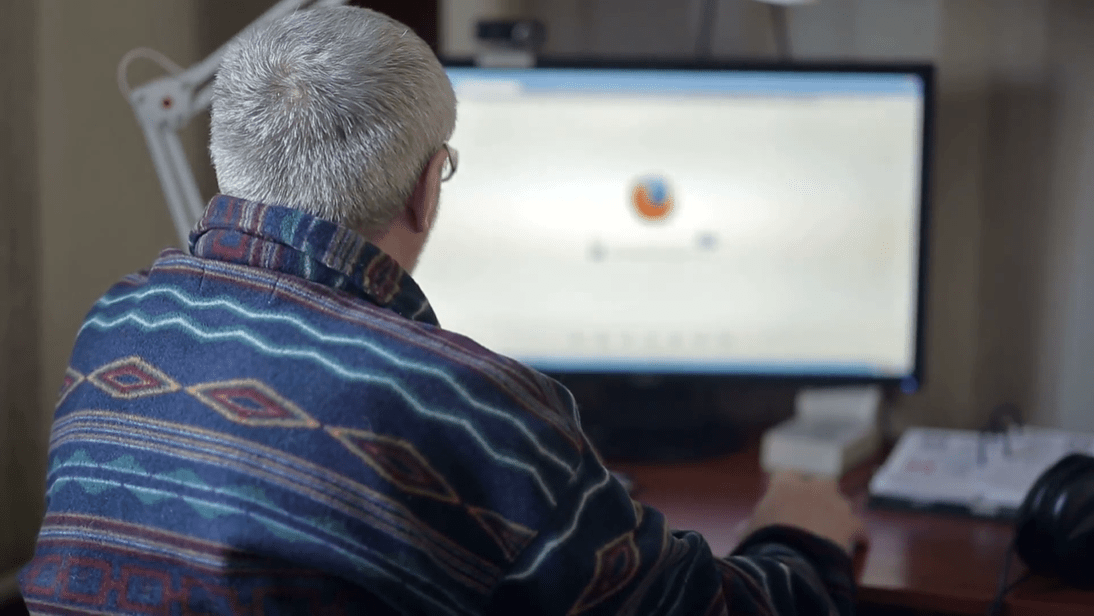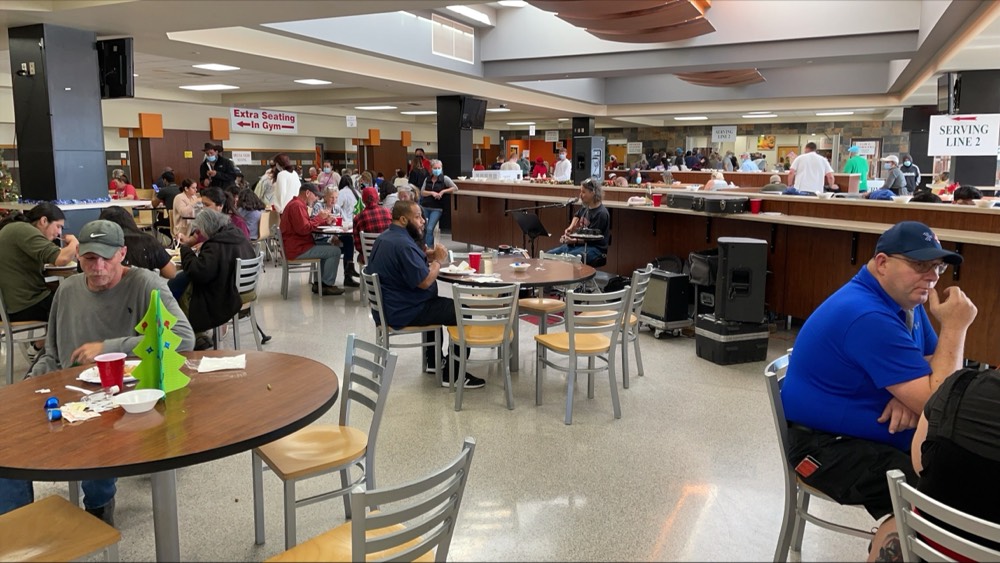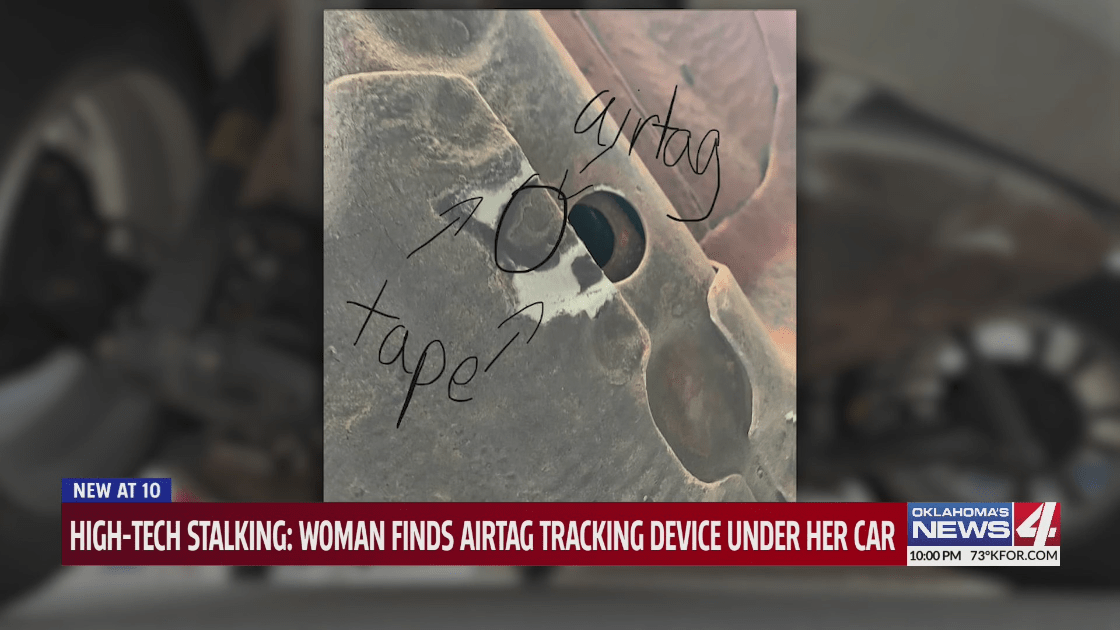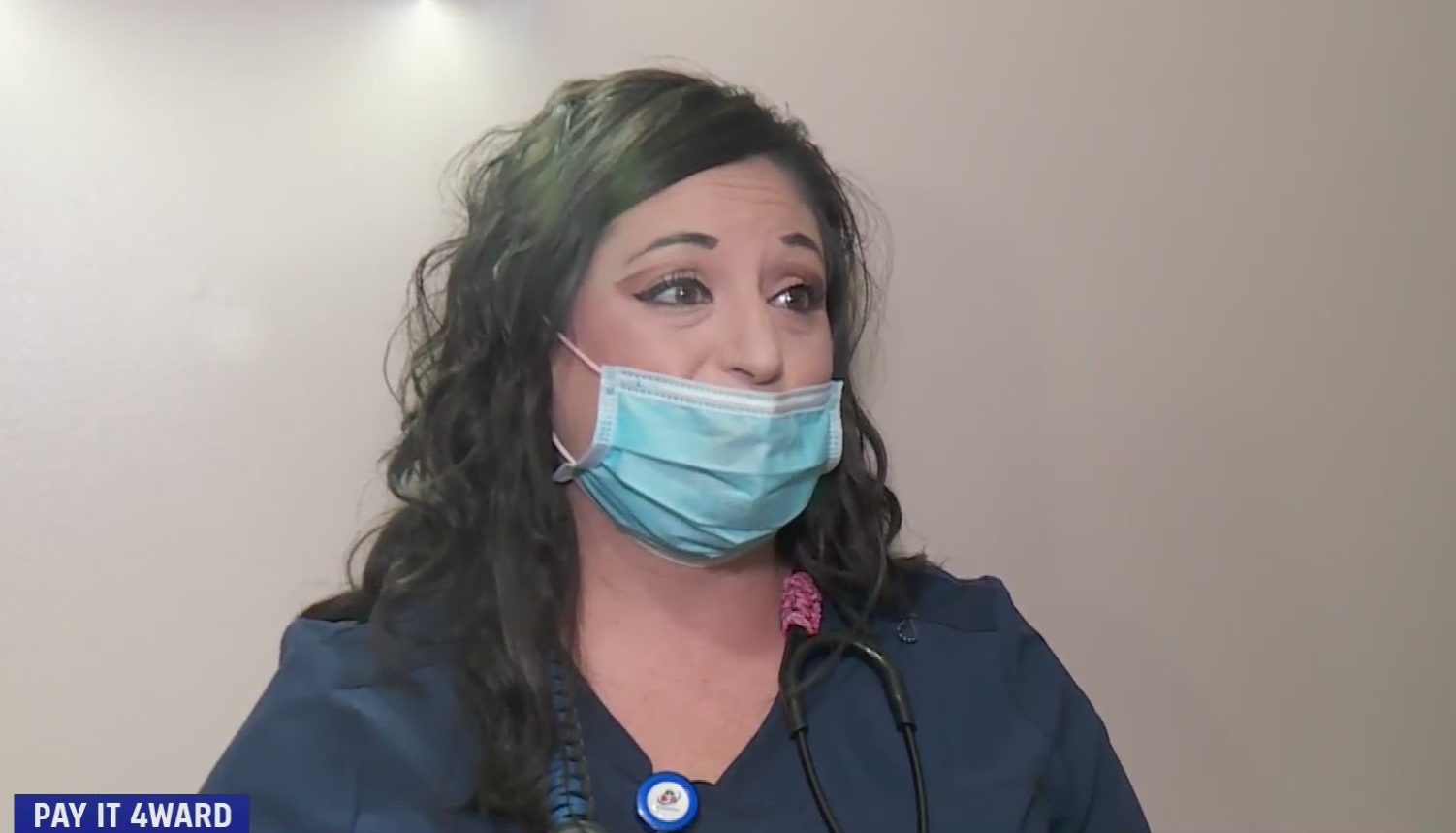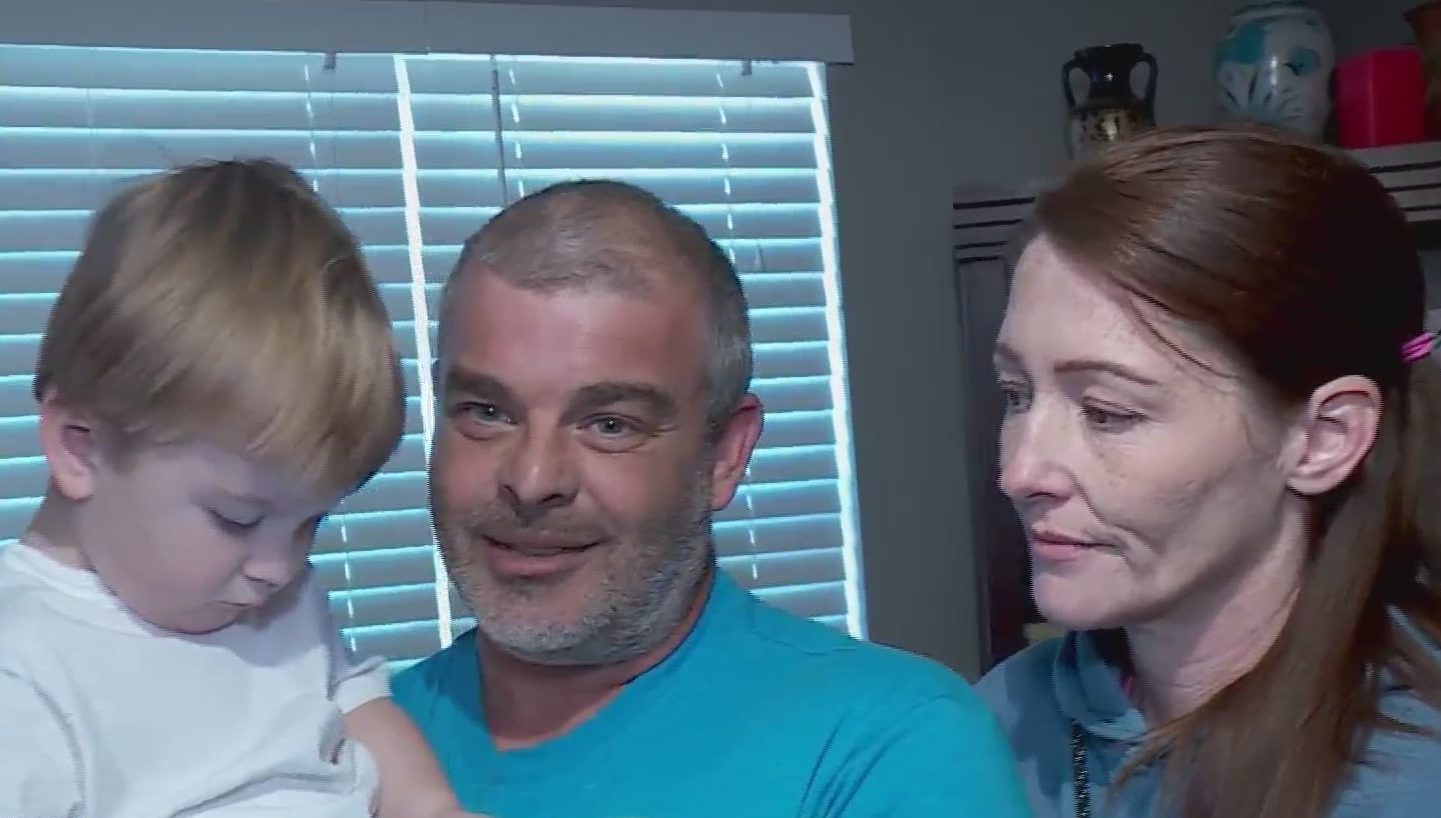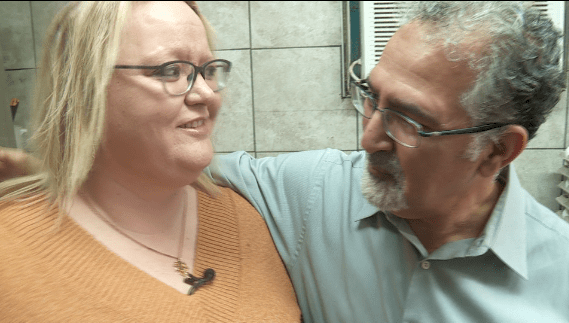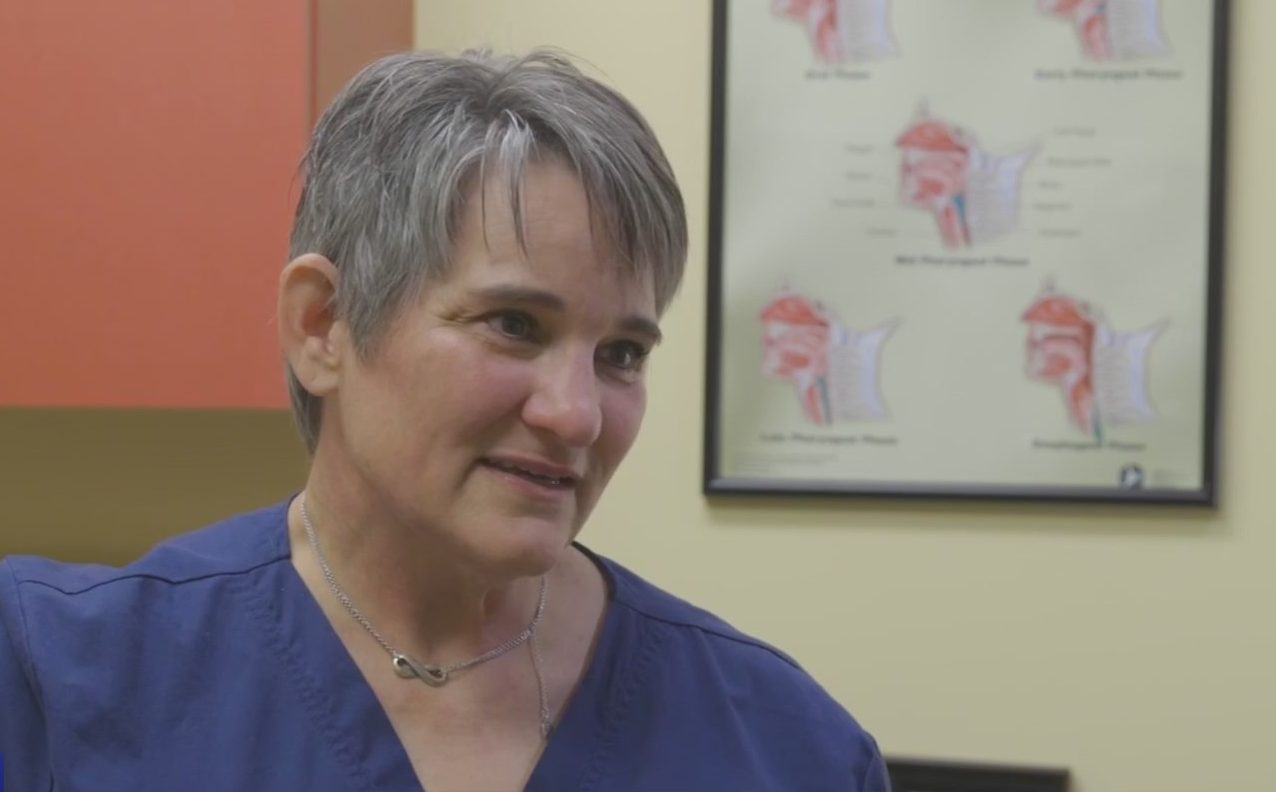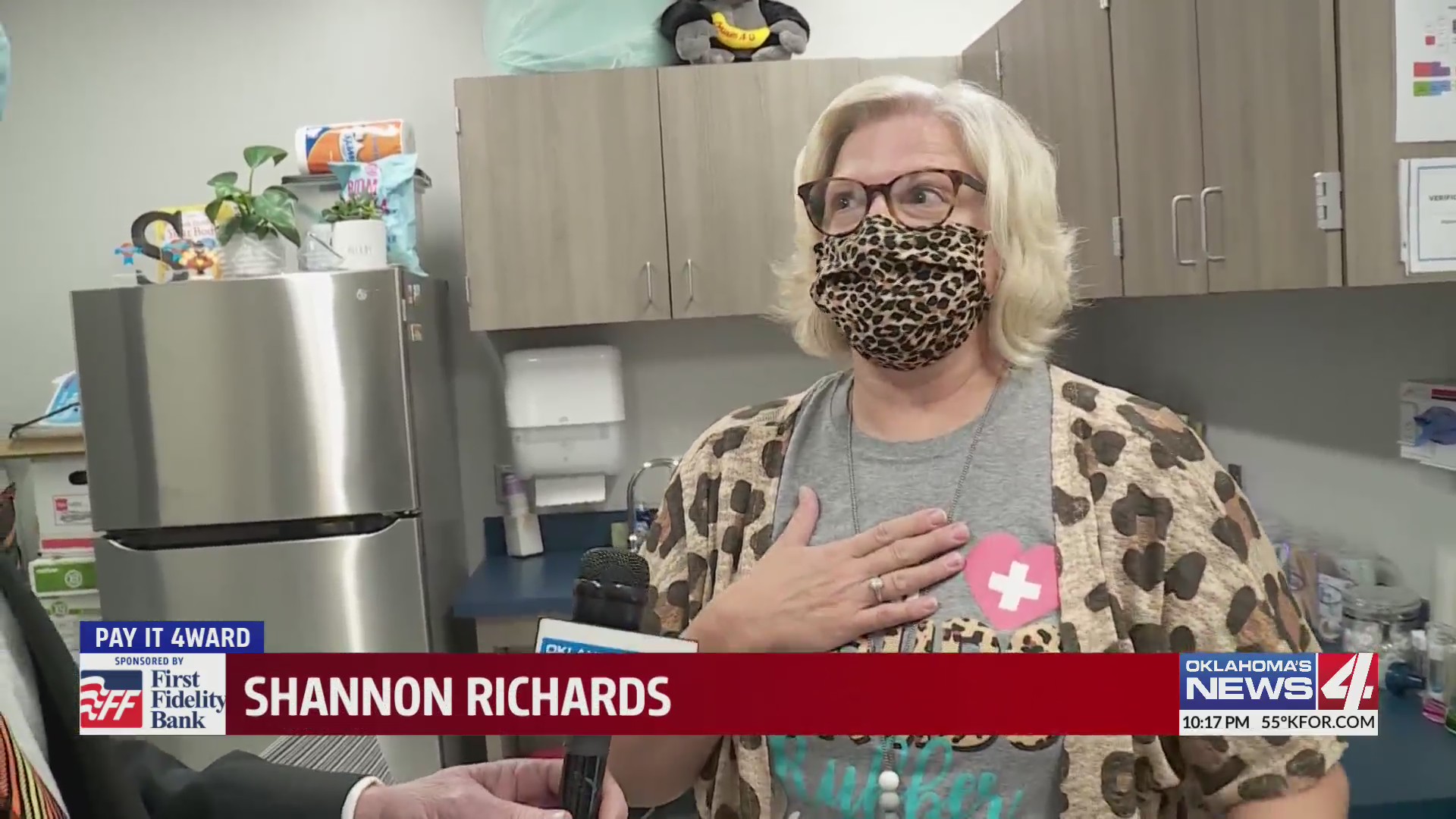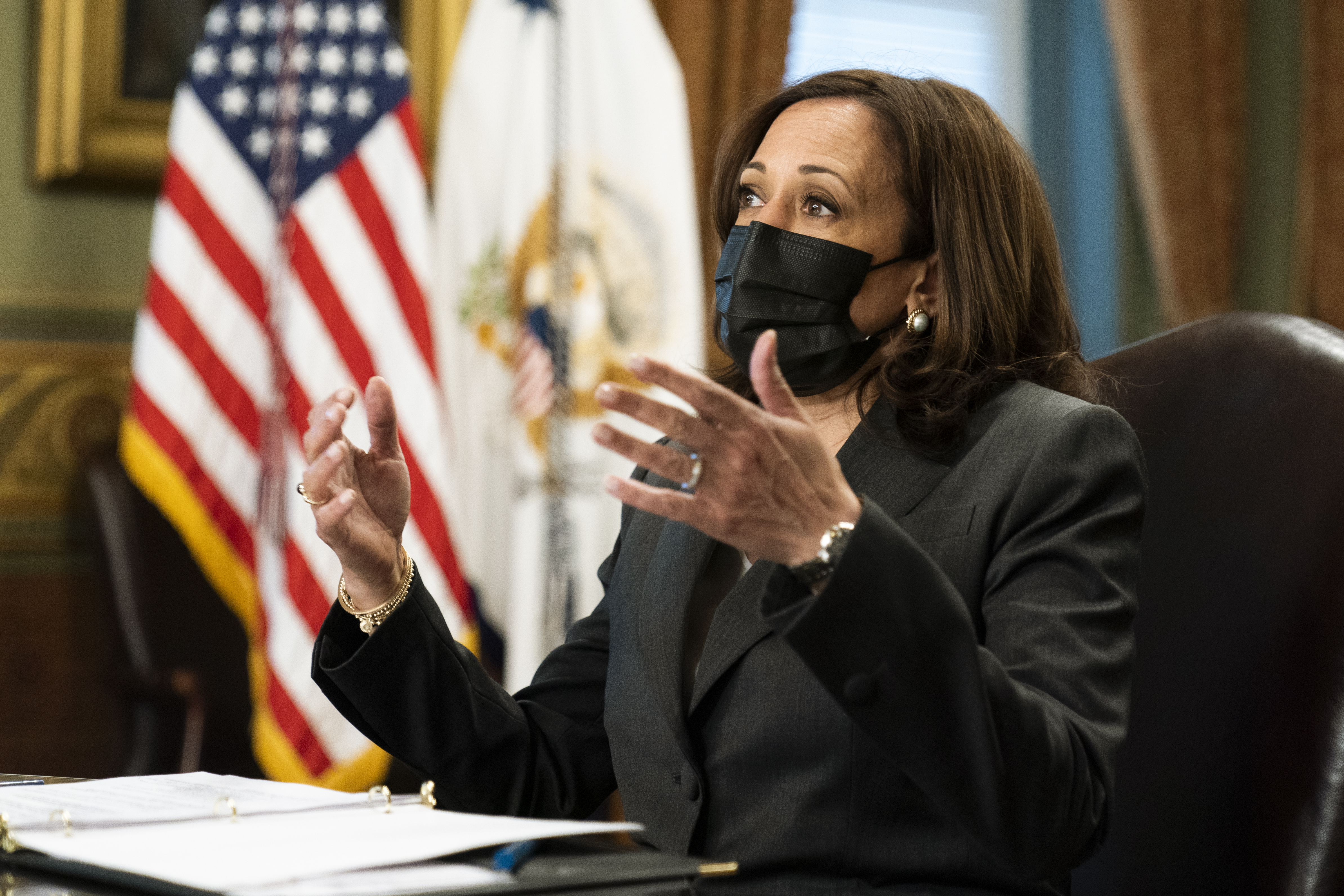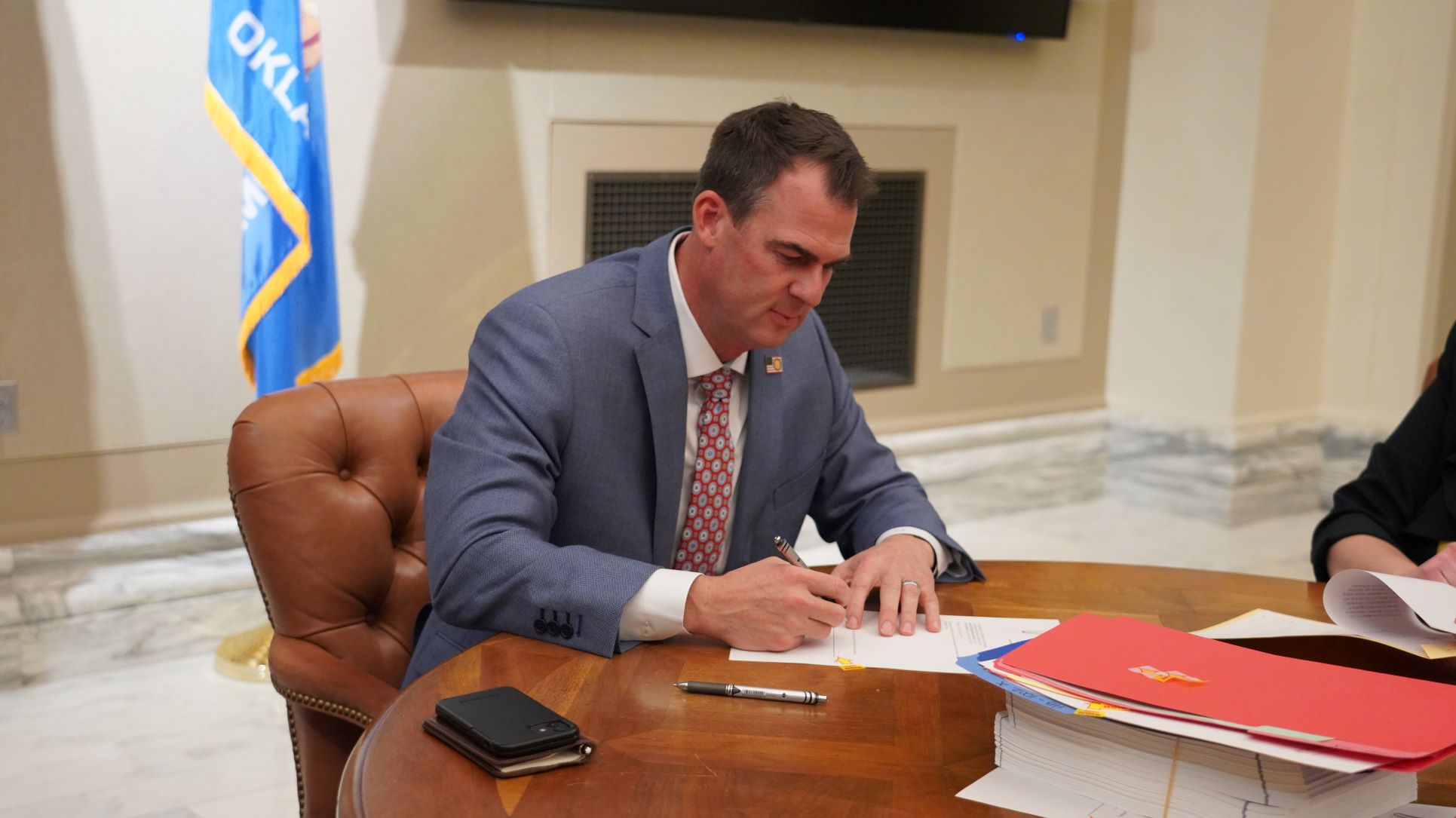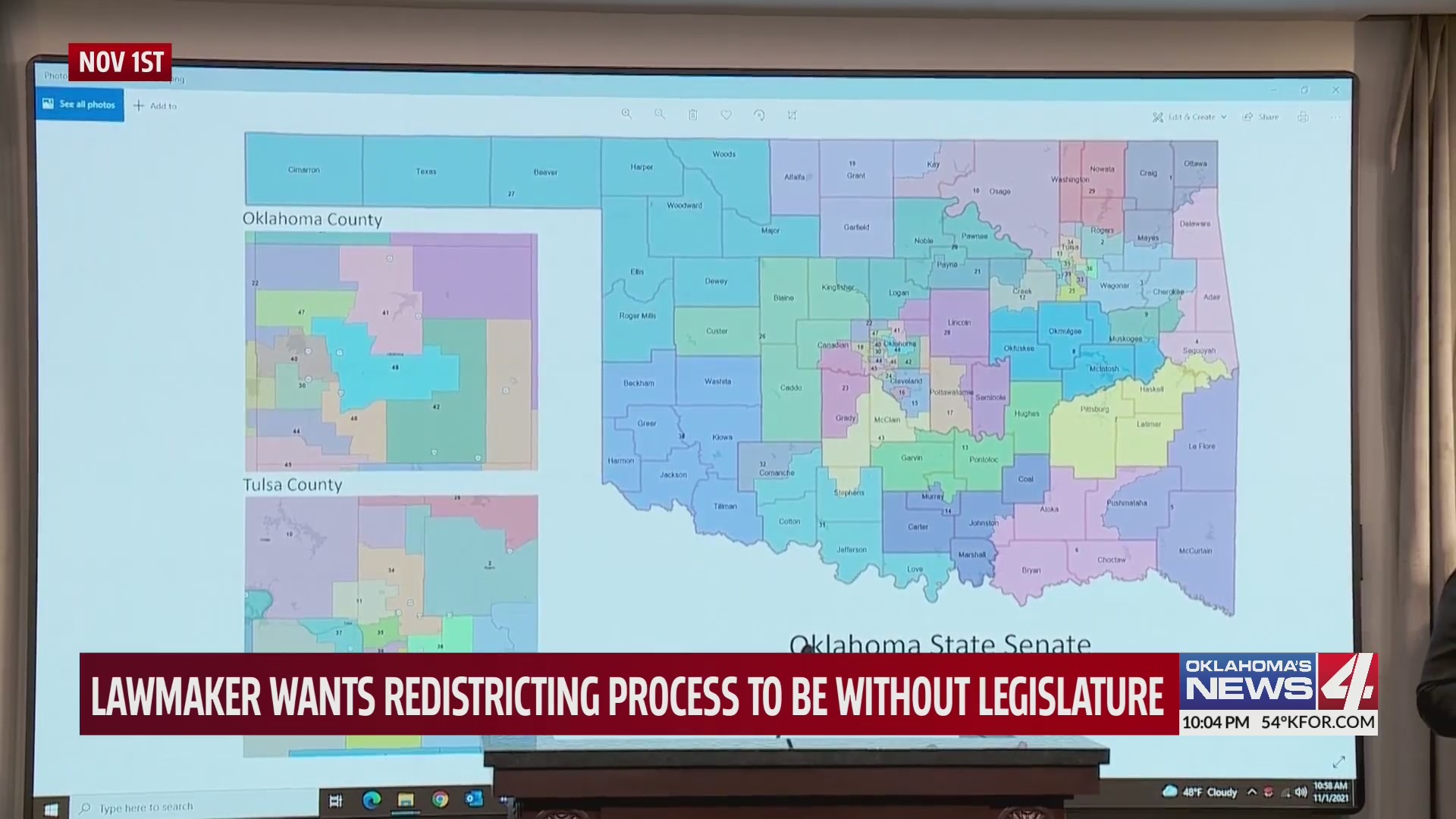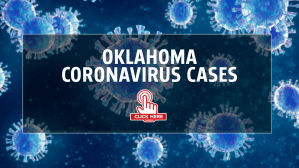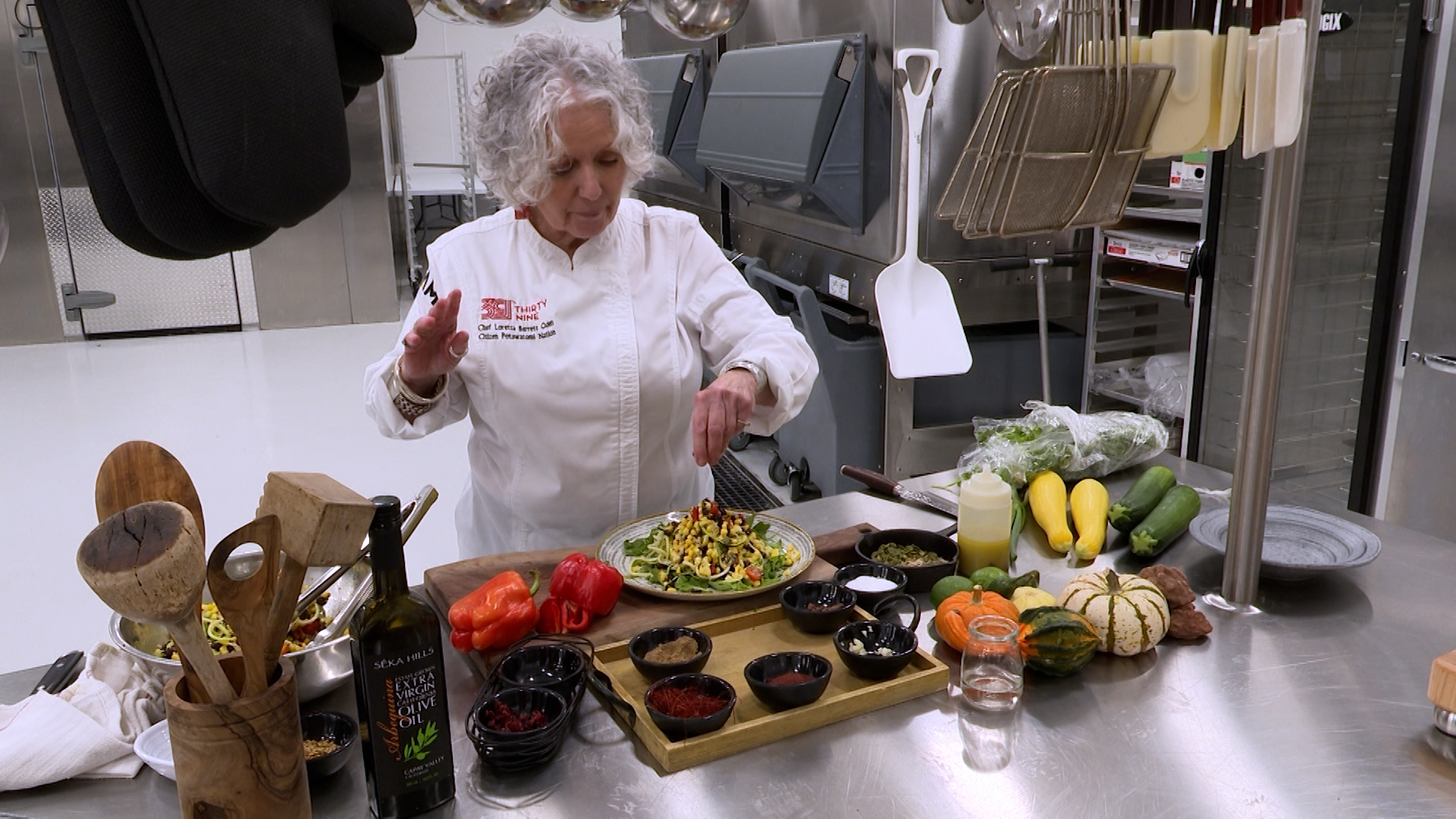OKLAHOMA CITY (KFOR) – Oklahoma doctors are keeping a watchful eye on the new Omicron variant. The first case in the United States was found in California on Wednesday.
Dr. Dale Bratzler, OU’s chief COVID-19 officer, told News 4 that the cause for concern comes from a similarity between the new Omicron variant and the highly contagious Delta variant. In the lab, Omicron is showing mutations similar to those in Delta.
“This virus has mutations that will allow it to attach to human receptors easily and potentially make it more contagious, spread easier from person to person,” said Dr. Bratzler.
Another question many have: will vaccines stand a chance against Omicron?
“We just don’t know yet,” said Dr. Bratzler. “Most of the companies that make the vaccines now are doing tests with the genetic strain that’s causing this particular outbreak, but we don’t know.”
While new variants are consistently being discovered, so are new ways to fight COVID-19. Dr. Bratzler said there are two new antiviral medicines on the way to combat the virus.
“Merck’s Molnupiravir, which was given a recommendation by the FDA advisory panel yesterday, very slim vote, 13-10, that they recommended that FDA give Emergency Use Authorization for Molnupiravir, which is an antiviral medication that has to be started within five days of the onset of symptoms of COVID-19. So a person tests positive, they have symptoms, you start them on this pill, this medication for five days and it will reduce hospitalizations and death by about 30%…” said Dr. Bratzler. “This particular treatment for COVID-19 will not be recommended in pregnant women or people who are breastfeeding. But the second drug that’s been submitted to the FDA for approval comes from Pfizer. It’s called Paxolivid. You have to take it with one of the old HIV medications called Ritonavir. So you take three pills twice a day for five days, ideally started within three days of the onset of symptoms, but it was 89% effective at preventing hospitalization and death.”
Despite new resources becoming available and vaccination rates increasing, Dr. Bratzler said COVID-19 is not going anywhere, and it’s partly due to animals also becoming infected – most recently, white-tailed deer.
“You cannot eliminate a disease if there is an animal vector for the disease…” said Dr. Bratzler. “It is possible down the road that we could see some transmission of the virus back from deer to humans. So it’s something we need to watch very, very carefully. But again, I don’t think any of us think that we will eliminate the virus that causes COVID-19.”
Dr. Bratzler told News 4 that one of the ways these new variants are being discovered is through breakthrough cases – those who have already been vaccinated, yet still tested positive for COVID-19.
So far, he said about 50% of Oklahomans are fully vaccinated. For those 12 and up, it’s approaching 60%.





















